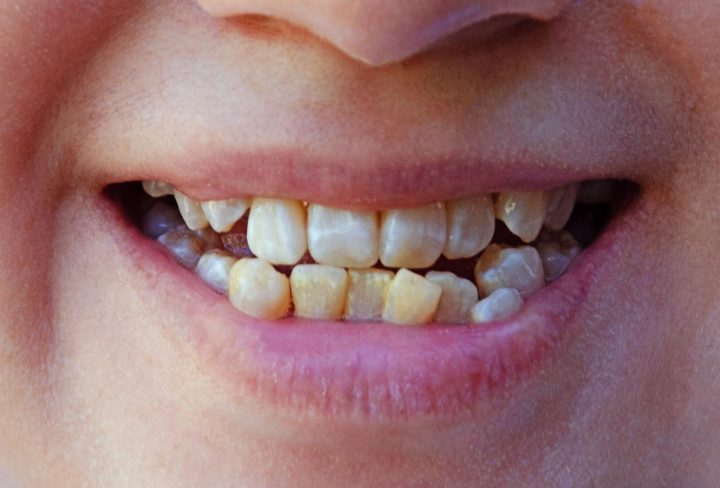What is Dental Fluorosis?
Dental fluorosis is a change in the appearance of tooth enamel. It happens when children get too much fluoride while their teeth are forming. Usually, this condition shows up as white spots or streaks on the teeth. In some cases, the spots may be brown or pitted. Although dental fluorosis does not harm health, it can affect how teeth look. Many parents want to know the causes of dental fluorosis and how to prevent it. Understanding this condition can help you keep your child’s smile bright and healthy.
Main Causes of Dental Fluorosis
Dental fluorosis develops when children take in too much fluoride before their adult teeth come in. This usually happens between birth and age eight. There are several main causes of dental fluorosis:
Because fluoride is found in many sources, it is easy for children to get more than they need. The CDC and WHO both note that careful use of fluoride is important for dental health.
How Excess Fluoride Affects Teeth
When children get too much fluoride, it affects the way their teeth form. Normally, fluoride helps make teeth strong and prevents cavities. However, too much fluoride can cause the enamel to form unevenly. As a result, teeth may have white lines, spots, or even brown stains. In rare cases, the surface of the teeth may become rough or pitted. Still, dental fluorosis does not cause pain or tooth decay. But, it can make people feel self-conscious about their smile. For this reason, it is important to watch how much fluoride children get.
Risk Factors and Who Is Most Affected
Some children are more likely to develop dental fluorosis than others. The main risk factors include:
Additionally, children who cannot spit out toothpaste are at higher risk. Parents should help young children brush their teeth and use only a small amount of toothpaste. This can lower the risk of dental fluorosis.
Prevention Tips for Dental Fluorosis
There are simple steps you can take to prevent dental fluorosis. Here are some helpful tips:
By following these tips, you can help your child avoid dental fluorosis while still protecting their teeth from cavities. The American Dental Association and CDC both recommend these steps for healthy teeth.
In summary, knowing the causes of dental fluorosis can help you make safe choices for your family. If you have concerns about fluoride or your child’s teeth, consult a dental professional for personalized advice on dental fluorosis.
